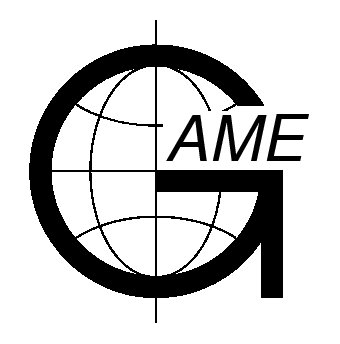Abstracts for the 5th International GAME Conf.

3-5 October 2001
Aichi Trade Center
Nagoya Japan
A Simple and Cheep Method to Monitor the Surface Status for the Validation of Optical Satellite Remote Sensing
Higuchi, Atsushi (1), Nishida, Kenlo (2), Kondoh, Akihiko (3), Tanaka, Kenji (4), Ebisu, Nobuhiro (5), Iida, Shin-ichi (6), Nakakita, Eiichi (7)
(1) Hydrospheric Atmospheric Research Center (HyARC), Nagoya University, Japan
(2) Numerical Terradynamic Simulation Group (NTSG)/EOS training Center, School of Forestry, University of Montana, USA
(3) Center for Environmental Remote Sensing (CEReS), Chiba University, Japan
(4) Disaster Prevention Research Institute, Kyoto University, Japan
(5) Collage of Agriculture, Ehime University, Japan
(6) Doctoral Program in Geoscience, University of Tsukuba, Japan
(7) Department of Global Environment Engineering, Graduate School of Engineering, Kyoto University, Japan
The activities of the plants affect on not only the global budget of carbon dioxide via photosynthesis processes, but also the water and heat transfer from the vegetated surface into the atmosphere via transpiration processes. Thus, to monitor the activities of vegetation, so-call phenology is important. In this purpose, remote sensing, especially optical, is essential to solve above. Several operational satellites sensors (e.g., AVHRR, TM) and new generation sensors (e.g., MODIS, GLI) is and will be in operation, but validation sites for variability of the surface status are limited. In this presentation, we propose a simple and cheep method to monitor the surface status using several radiometers.
In this method, one set of albedometer and two sets of PAR (Photosynthesis Active Radiation: 400-700 nm) sensors used. Incoming and outgoing solar radiation (approximately 300-4000 nm) can be divided into PAR wavelength and the other wavelengths. In the other wavelength, solar radiation in the ultraviolet wave (-400 nm) absorb by ozone, longer wavelength side, energy itself is very small which compare to near-infrared wave (700-1200 nm). Thus, difference of solar radiation and radiation in PAR roughly indicates the near-infrared wave's radiation. From these sets, we can estimates the reflectance of PAR wave (visible) and that of near-infrared and vegetation indices (e.g., Normalized Difference Vegetation Index [NDVI], Simple Ratio [SR]). These signals can store the hydro-meteorological datalogger (e.g., CR10 by Campbell Sci., Inc) easily with other micrometeorological components. Thus, it is easy to compare the seasonal march of the surface fluxes and vegetation activities via in-situ measurement Vegetation Indices. We install this simple measurements way into four typical land cover in Japan supported by several projects. The four land covers are as follows:
1). Grassland ... Water and energy experimental field in Terrestrial Environment Research Center (TERC), Univ. Tsukuba (36.10 N, 140.01 E) by PGLIERC (Preliminary GLobal Imager experiment at Environmental Res. Center.
2). Red pine forest... Adjacent experimental field of TERC.
3). paddy ... The north east side of Lake Biwa. by Lake Biwa Project.
4). broad leaf forest ... The north side of Lake Biwa. by Lake Biwa Project.
We will explain the availability of this method in this presentation with data of the surface fluxes.
Submittal Information
| Name : | Date : |
| |
| Organization : | Theme : |
Hydrospheric Atmospheric Research Center (HyARC), Nagoya University | |
| Address : | Presentation : |
Furocho, Cihkusaku, Nagoya 464-8601 | |
| Country : | Abstract ID : |
| |
| Phone : | Fax : |
| |
| E-mail : | |
| |

